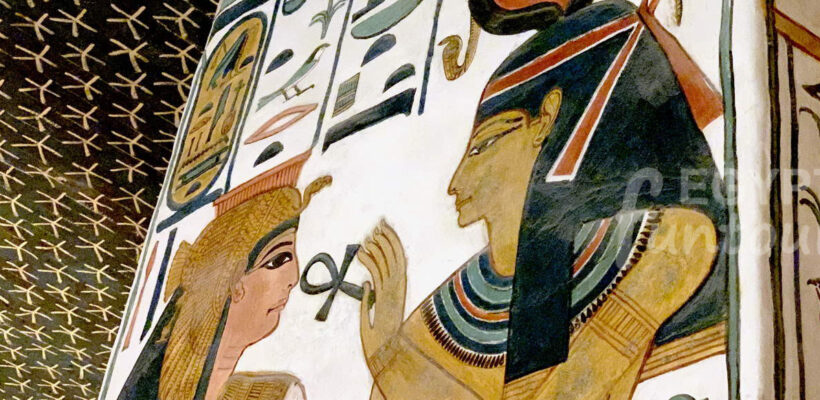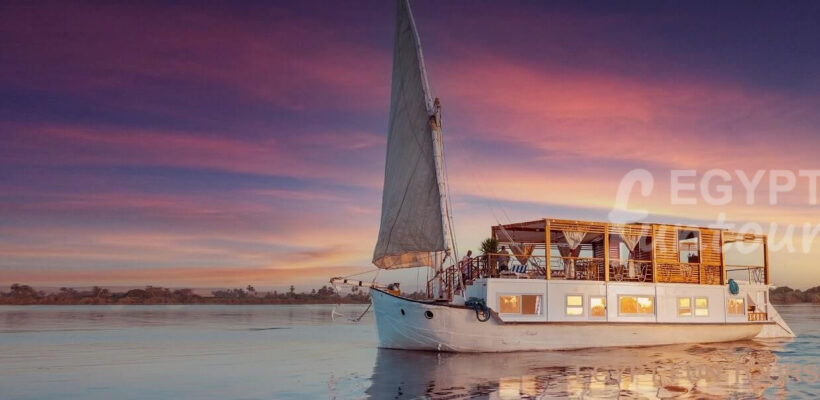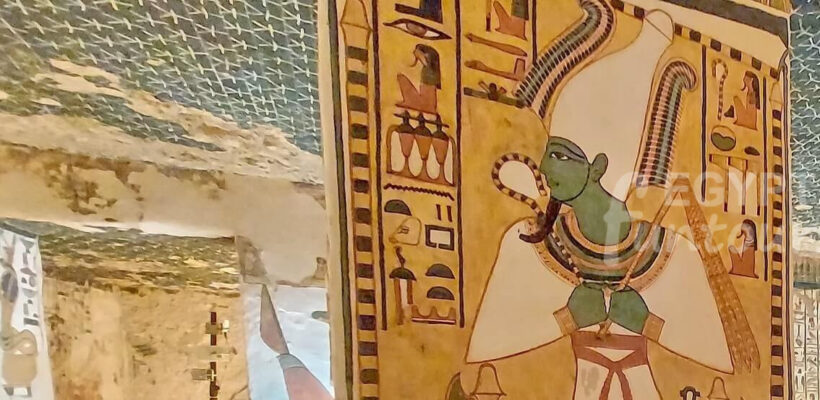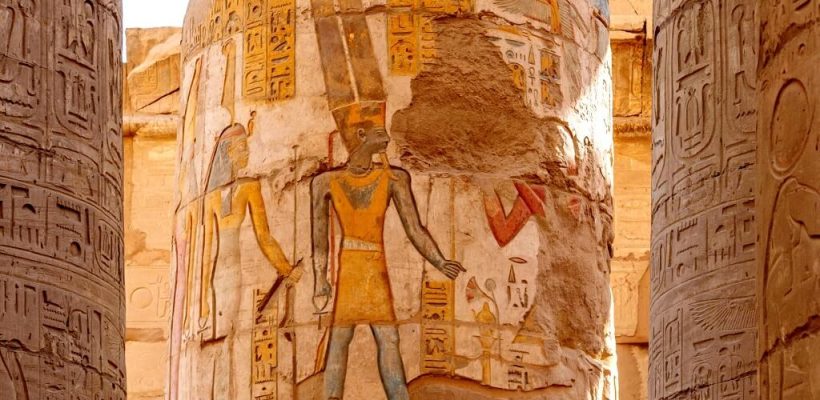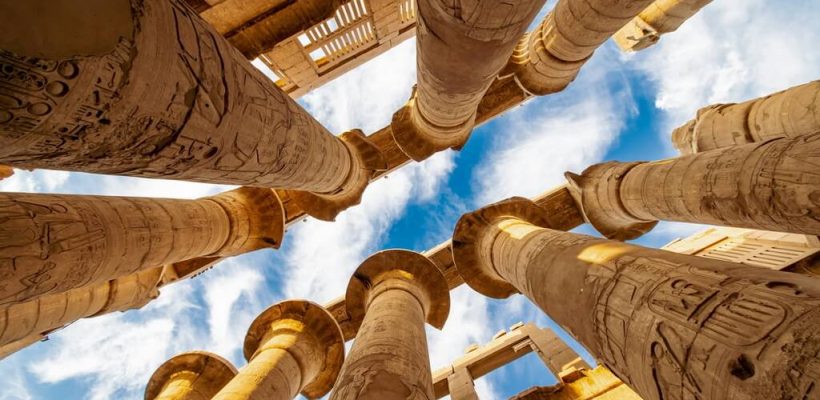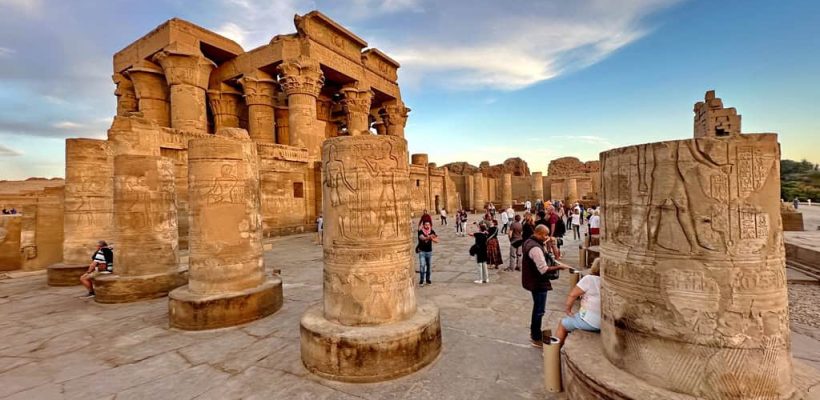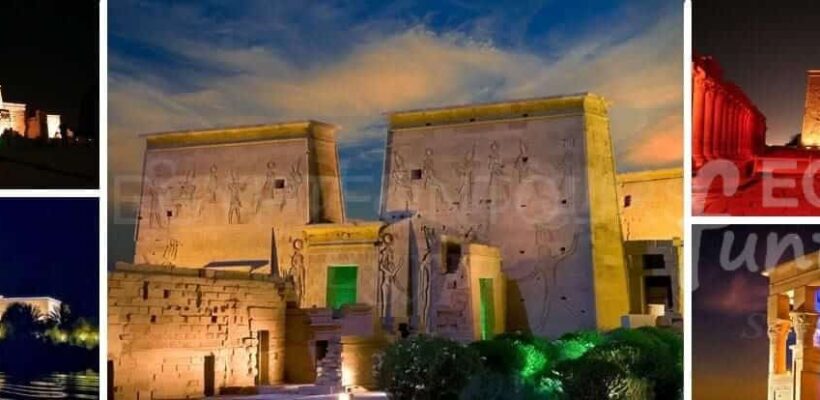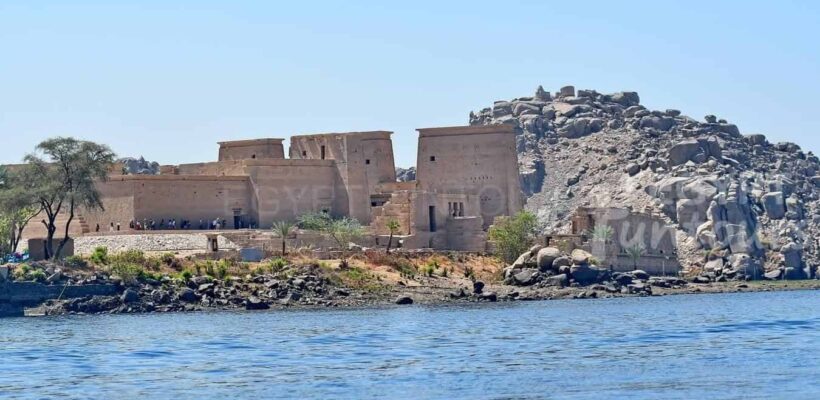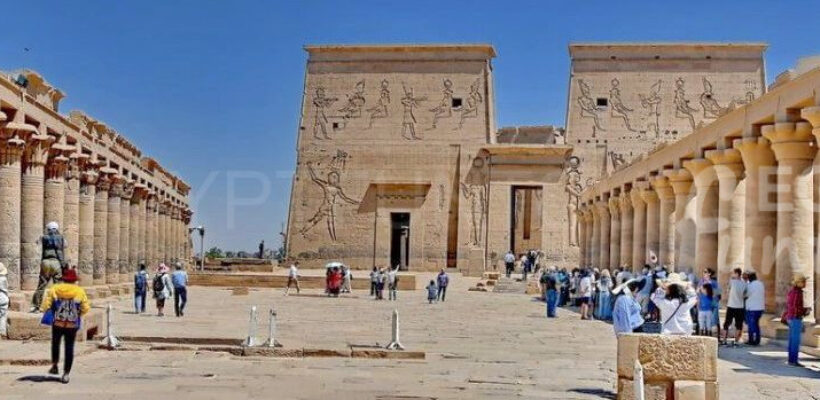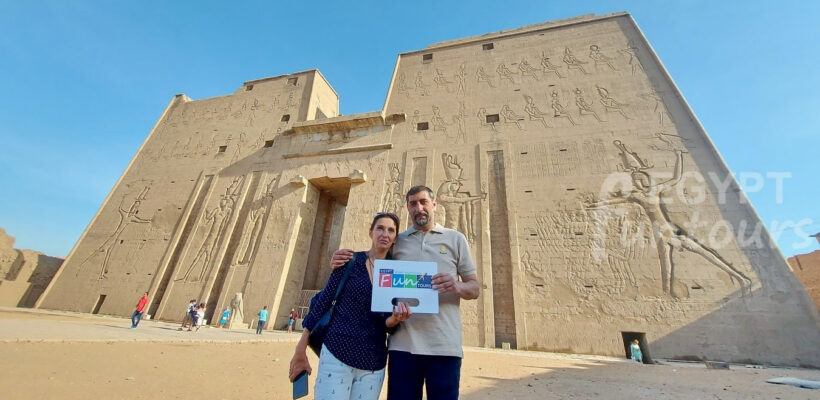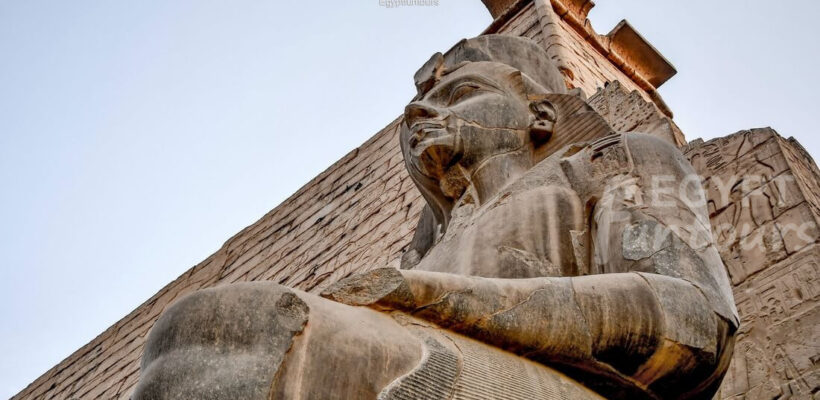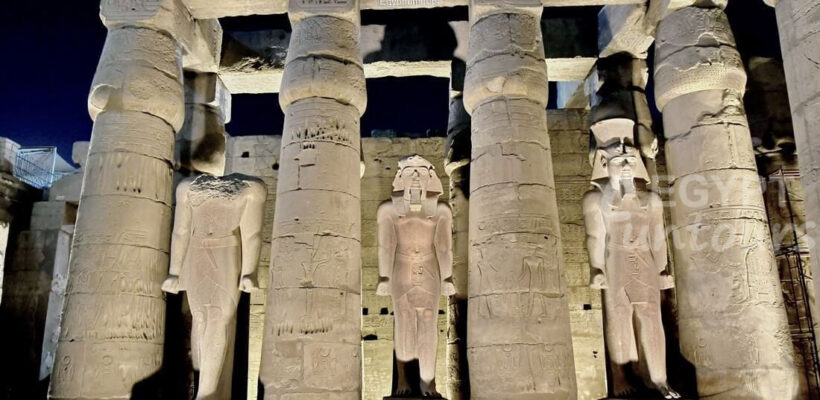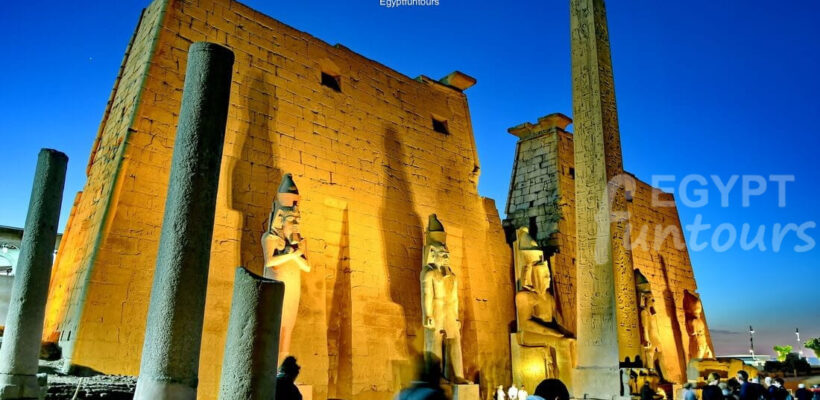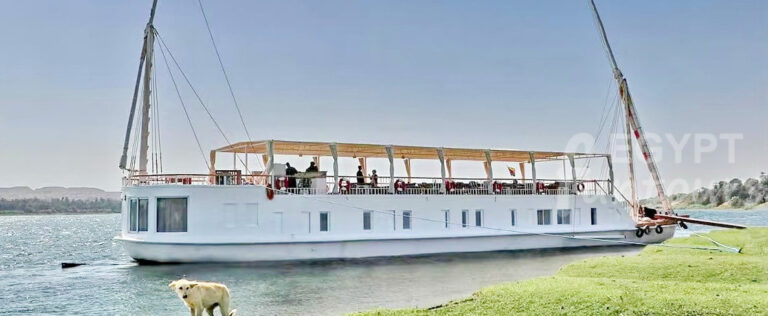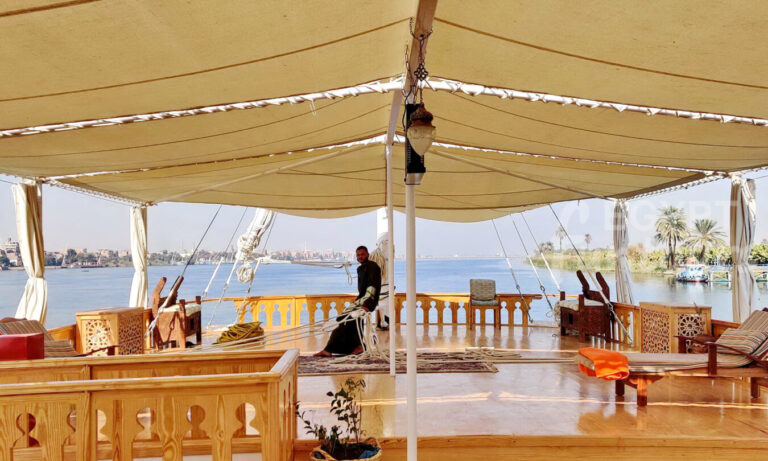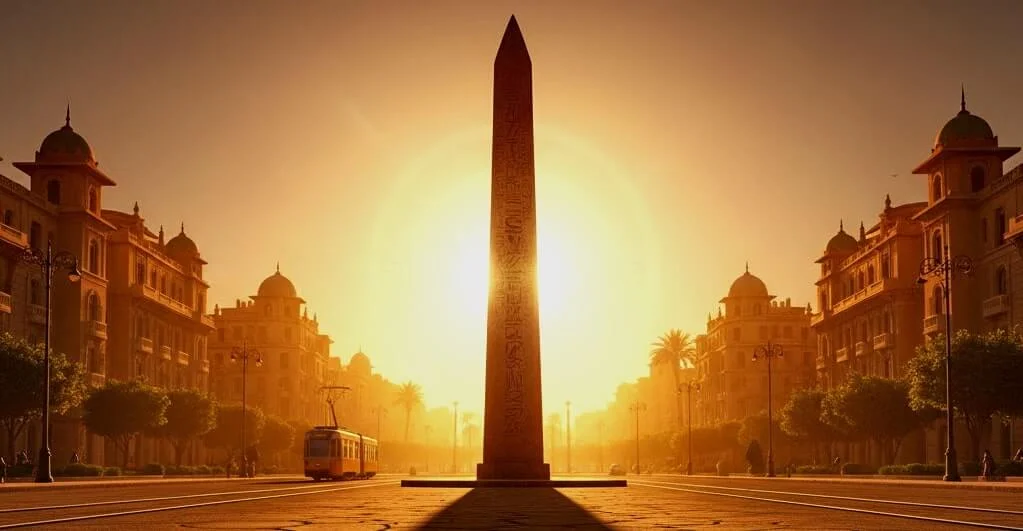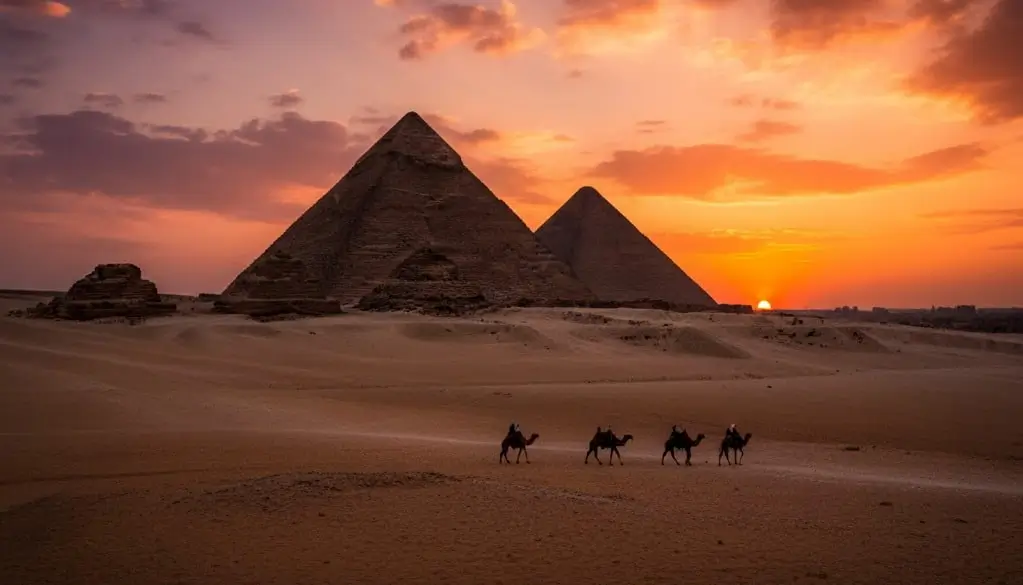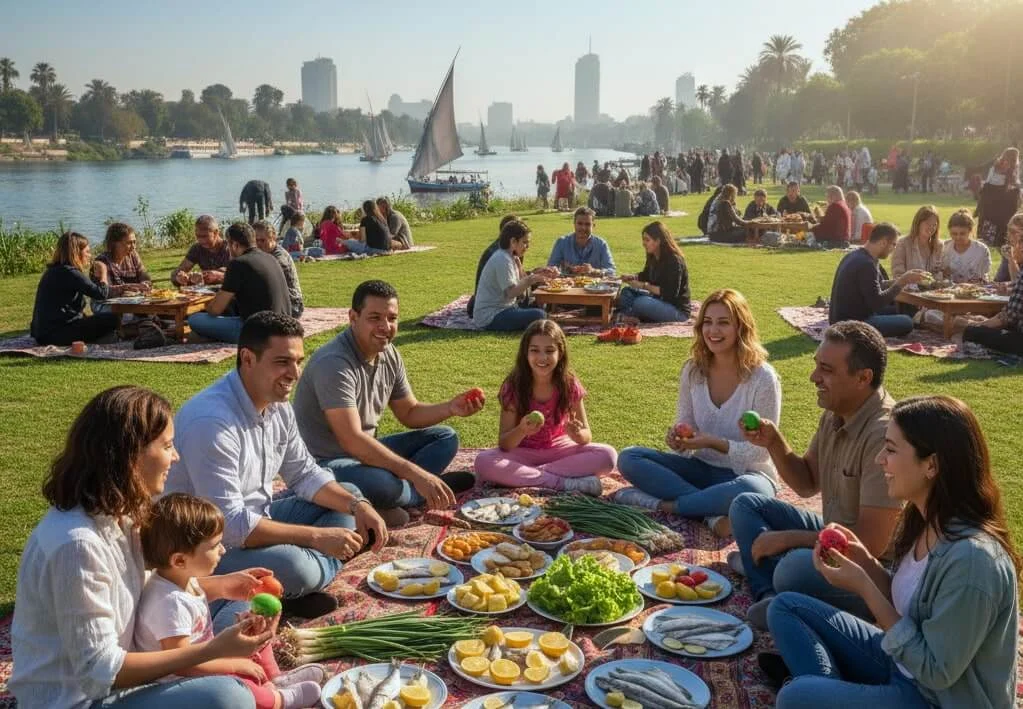1st day: Board Your Dahabiya and Explore Luxor’s East and West Banks
In the morning, we’ll pick you up from your Luxor hotel or the airport to begin your five-day Dahabiya Nile cruise from Luxor to Aswan. Your tour guide will take you to see Luxor’s incredible sights:
The Valley of the Kings: This is the final resting place of Egypt’s kings from the 18th to the 20th dynasties, where you’ll find the tombs of renowned pharaohs like Ramses II and Tutankhamun.
Temple of Hatshepsut: Explore the magnificent temple of Hatshepsut on Luxor’s West Bank, one of the best-preserved examples of its kind. Hatshepsut was a queen who aspired to be king, adored by her subjects yet often surrounded by controversy.
Colossi of Memnon: See the two enormous stone sculptures of King Amenhotep III. These are the only remnants of a once-fully constructed funerary temple. The sculptures come from quartzite sandstone originally found in Cairo and transported 700 km to Luxor.
Afterward, enjoy lunch on the Dahabiya, then follow your guide to visit:
Karnak Temple: This is Egypt’s most spectacular landmark and the largest temple complex ever built by humans. It represents the culmination of efforts from countless pharaohs and generations of ancient builders. The Temple of Karnak spans 247 acres and comprises three major temples, many smaller walled temples, and several peripheral temples.
We will then drive you from Luxor to Esna to board your Nile boat, where you can enjoy dinner while traveling. You’ll spend the night in Esna aboard your Nile boat.
Day 2: Visit Edfu Temple and Sail to Kom Ombo
We’ll sail to Edfu, arriving at lunchtime, and then you’ll visit:
Edfu Temple: This temple honors the god Horus and stands as the most well-preserved Greco-Roman structure in all of Egypt. Its walls feature a “Play” depicting Horus’ victory over the malevolent deity Seth.
Continue your ideal Dahabiya Nile cruise from Luxor to Aswan by sailing to see the following:
Gebel El Silsila: This location offered several stone quarries on both the west and east banks of the Nile. Authorities in charge of the stone quarrying built many shrines here. This is where almost all of Ancient Egypt’s famous temples sourced their sandstone. Dinner and lunch will be served on the trip.
3rd day: Visit Kom Ombo Temple and Sail to Aswan
Sail to Kom Ombo, join your tour guide, and visit:
Kom Ombo Temple: This temple overlooks the Nile and uniquely divides into two separate temples with two entrances, two hypostyle halls, and two sanctuaries.
Enjoy sailing to Aswan at the day’s conclusion. Lunch and dinner will be provided aboard the Dahabiya boat.
Day 4: Explore Aswan’s Attractions
Join your Egyptologist guide in the morning to continue your Dahabiya Nile cruise from Luxor to Aswan by seeing the city’s most well-known sights:
High Dam: Builders constructed a bridge across the Nile at Aswan. The Aswan High Dam, built between 1960 and 1970, significantly impacted Egypt’s economy and culture.
The Unfinished Obelisk: This is the largest known ancient obelisk. Hatshepsut (1508–1458 BC) ordered it, likely to accompany the Lateran Obelisk (which originally stood at Karnak and later moved to the Lateran Palace in Rome).
Philae Temple: This temple honors Isis, the goddess of Love and Beauty. As part of the UNESCO Nubia Campaign initiative, workers disassembled and moved the temple complex to the adjacent Agilkia Island to safeguard it and other sites before the Aswan High Dam finished in 1970.
You will return to the Nile cruise for the night after the day. Dinner and lunch will be served aboard the boat.
Last day: Disembark and Depart from Aswan
After breakfast, you’ll disembark. We’ll then take you to the Aswan airport or train station for your final departure, bringing your wonderful stay in Upper Egypt to a close.


